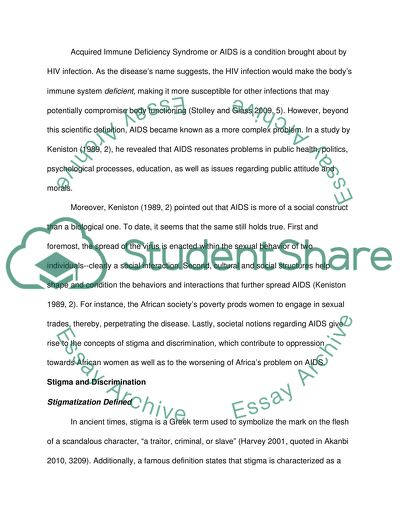Cite this document
(“AIDS in Africa in the 20th Century Term Paper Example | Topics and Well Written Essays - 2250 words”, n.d.)
AIDS in Africa in the 20th Century Term Paper Example | Topics and Well Written Essays - 2250 words. Retrieved from https://studentshare.org/anthropology/1440470-aids-in-africa-in-the
AIDS in Africa in the 20th Century Term Paper Example | Topics and Well Written Essays - 2250 words. Retrieved from https://studentshare.org/anthropology/1440470-aids-in-africa-in-the
(AIDS in Africa in the 20th Century Term Paper Example | Topics and Well Written Essays - 2250 Words)
AIDS in Africa in the 20th Century Term Paper Example | Topics and Well Written Essays - 2250 Words. https://studentshare.org/anthropology/1440470-aids-in-africa-in-the.
AIDS in Africa in the 20th Century Term Paper Example | Topics and Well Written Essays - 2250 Words. https://studentshare.org/anthropology/1440470-aids-in-africa-in-the.
“AIDS in Africa in the 20th Century Term Paper Example | Topics and Well Written Essays - 2250 Words”, n.d. https://studentshare.org/anthropology/1440470-aids-in-africa-in-the.


